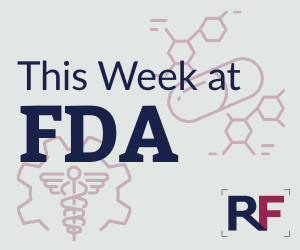This Week at FDA: FDA draws roadmap for pandemic era guidances
 Biologics/ biosimilars/ vaccinesDiagnostics/IVDsMedical DevicesNorth AmericaPharmaceuticalsProduct LifecycleRegulatory Intelligence/Policy
Biologics/ biosimilars/ vaccinesDiagnostics/IVDsMedical DevicesNorth AmericaPharmaceuticalsProduct LifecycleRegulatory Intelligence/Policy Biologics/ biosimilars/ vaccinesDiagnostics/IVDsMedical DevicesNorth AmericaPharmaceuticalsProduct LifecycleRegulatory Intelligence/Policy
Biologics/ biosimilars/ vaccinesDiagnostics/IVDsMedical DevicesNorth AmericaPharmaceuticalsProduct LifecycleRegulatory Intelligence/Policy